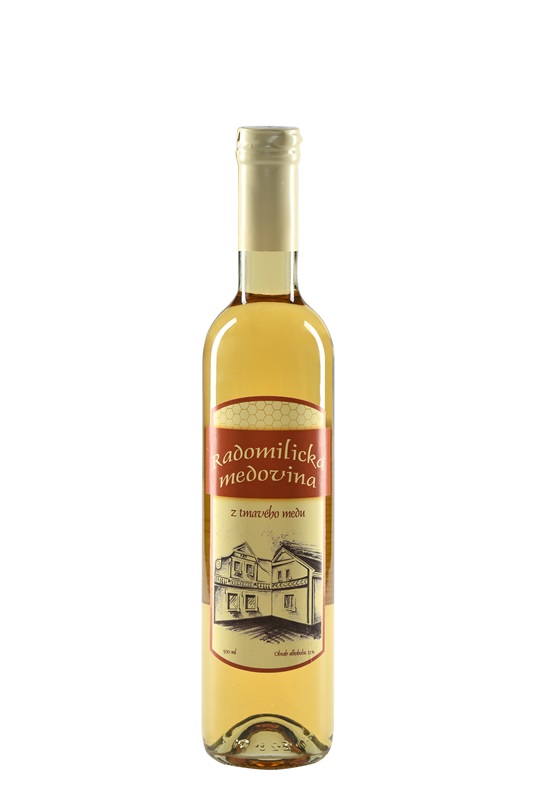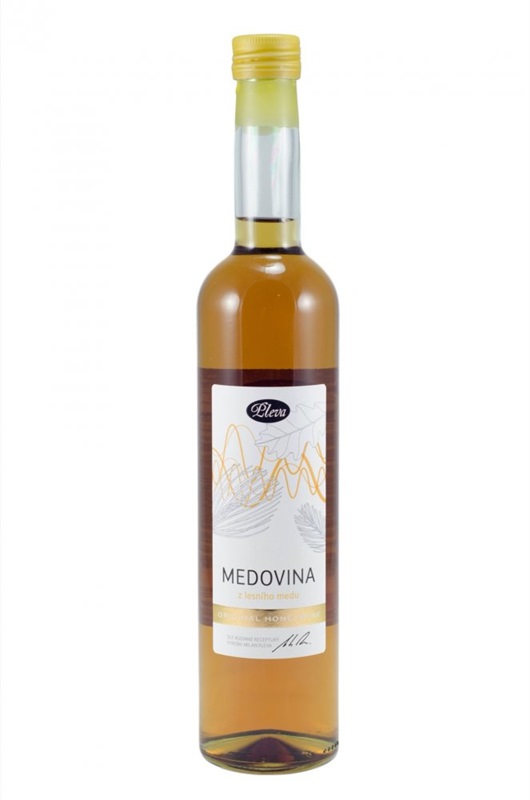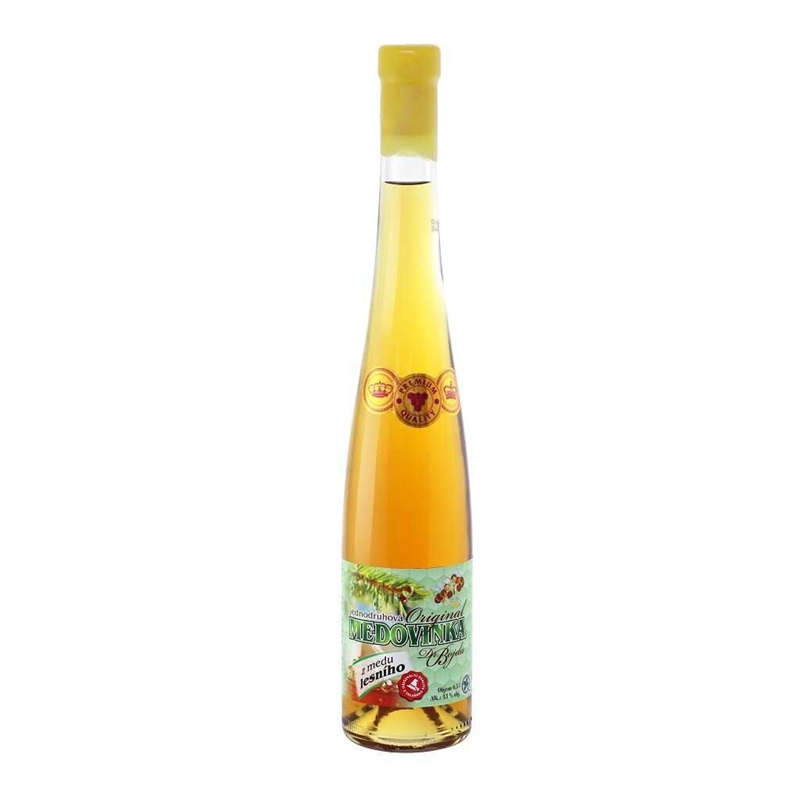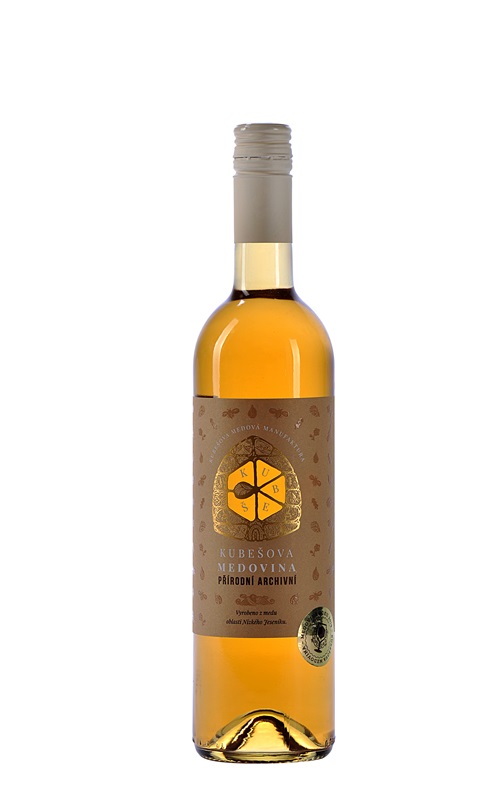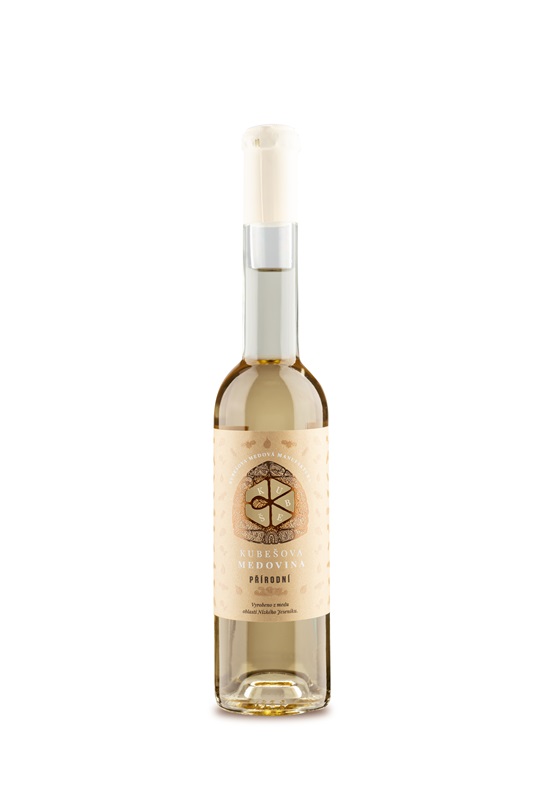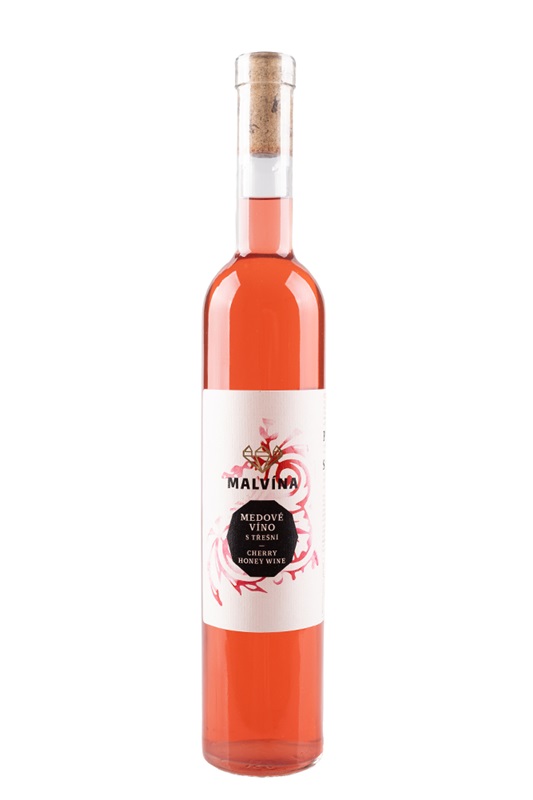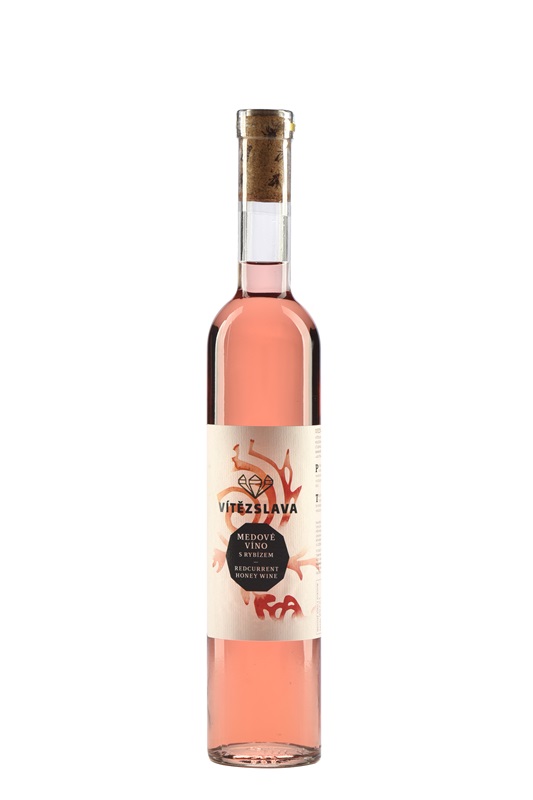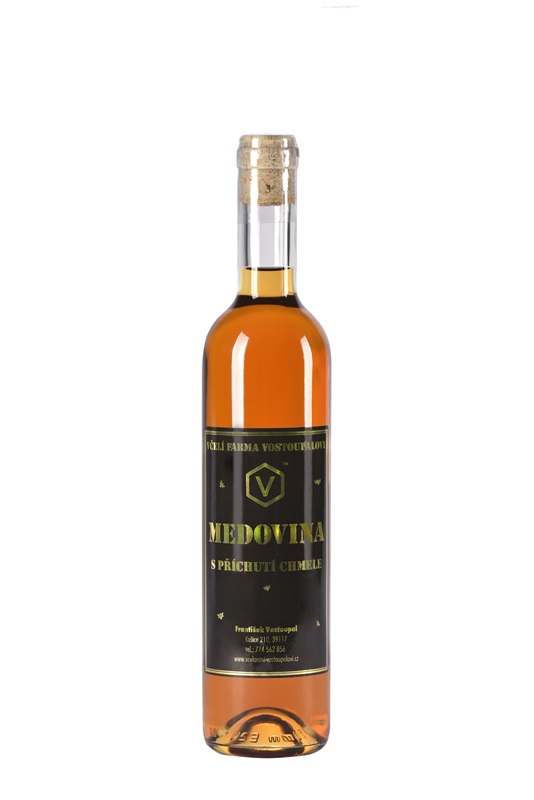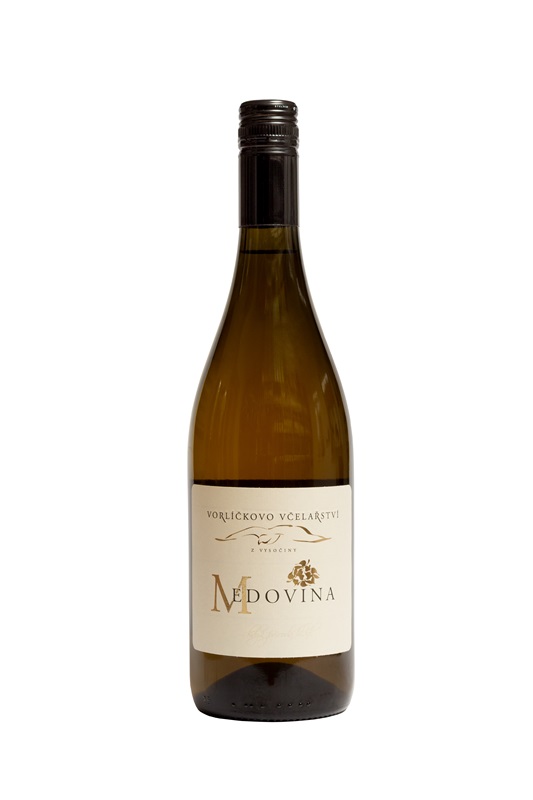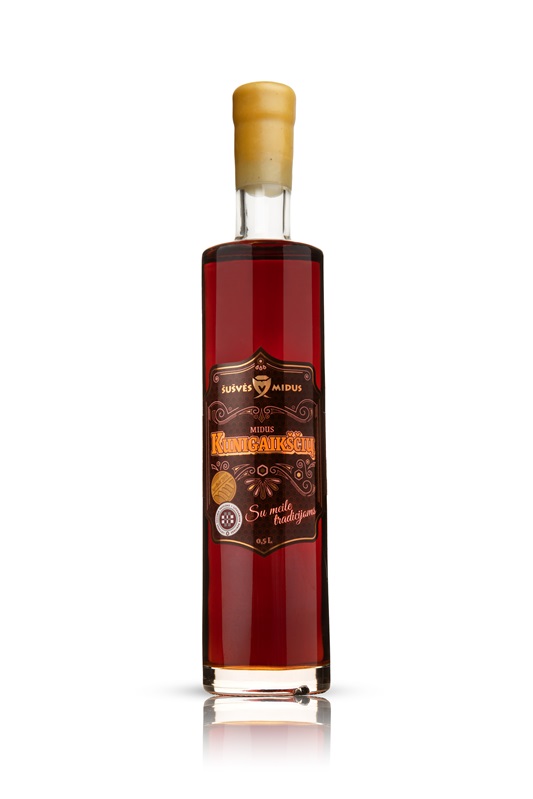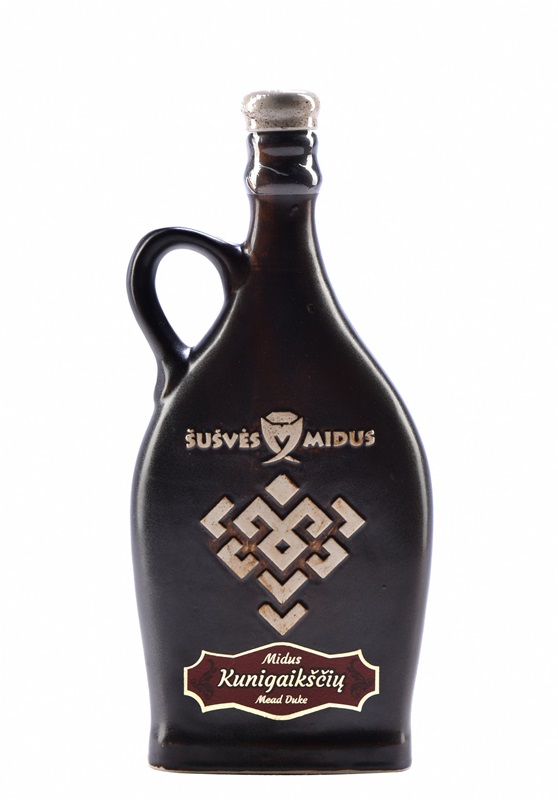Mead of dark honey is not as commonly available as a floral mead or honey mixed. Tasteless retain the typical characteristics of honeydew honey. They are rugged, earthy nature, and we recommend it for true connoisseurs of mead.
Although the beekeeper with some effort can harvest a single-source honey (spruce, fir, oak ..), forest single-honey meads are not produced.
The origin of honey
Forest honey is dark, and its origin is different from honey nectar, often also called honeydew honey. Because it comes from honeydew which is produced by homoptera insects (aphids, mealybugs, psyllids, puklice and others). This diverse forest insect feeds on the sap flowing in plant tissues, which thay hit and suck sap from it. The sap is rich in nutrients, especially sugars, while the less protein is present. In the breeding season the aphids have high consumption of protein and thus sucked sap filtered and excess sugary solution (honeydew) discharged from the body. Some producers of honeydew bind to a specific type of tree. Sweet honeydew resisting on the leaves of plants, is picking by bees and ants. Honeydew production depends on weather conditions, insect infestation and is not strong every year - honeydew years are repeated in cycles of several years. Additionally harvest depends on the weather - honeydew cannot be washed away by the rain and to dry for trees due to the heat.
Properties of honey
Forest honey excels delicious flavor, strong aroma and a dark color. It differs by composition - has more minerals and a higher proportion of fructose. This is also the reason for its slower crystallization. For the low pollen honeydew honey is suitable for allergy sufferers.
